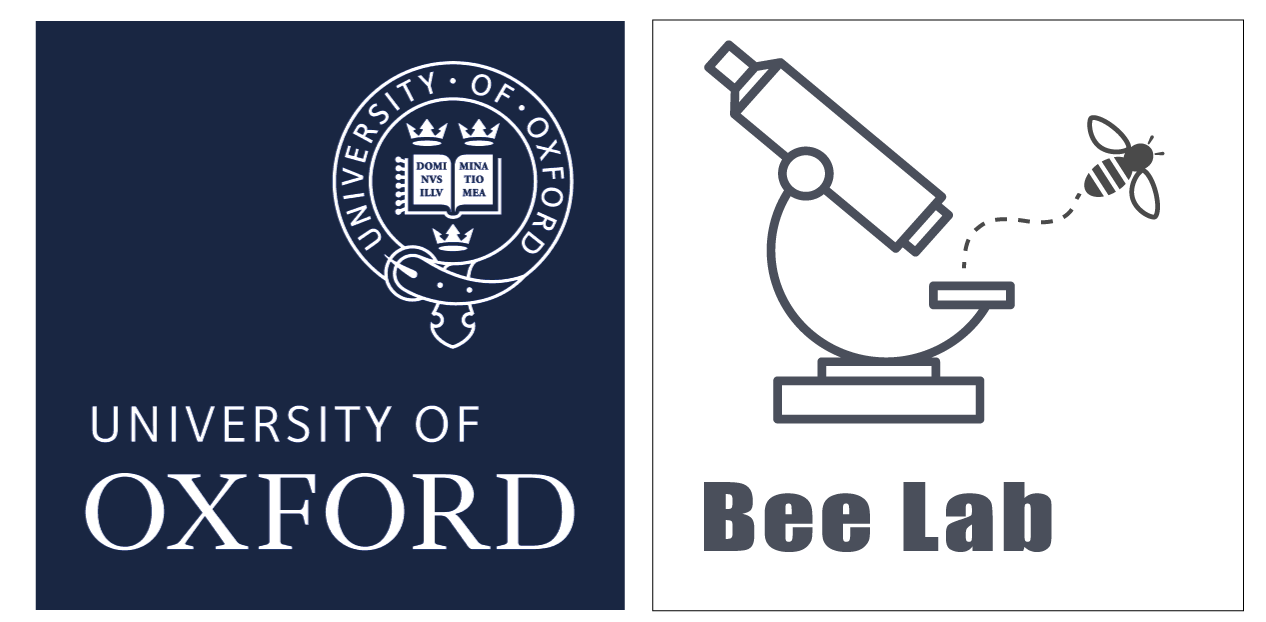An investigation into the bee's gustatory mechanisms for the detection of toxins in nectar
Many animals, plants, and fungi defend themselves from being eaten by the production or sequestration of toxic chemicals. Thousands of these compounds have been identified from plants. For hungry animals, avoiding death or intoxication by defence compounds can be as important as identifying nutrients in food. Taste is the gatekeeper regulating food ingestion: it permits chemical identification and instructs the appropriate behavioural response. For example, before staring a meal, insects like bees sample food using gustatory receptors (Grs) expressed in neurons in hair-like sensilla on the mouthparts, antennae, and tarsi. If a toxic compound is detected in food, the insect will reject the food item and move on.
Insects have often led the way to greater insight into neuronal mechanisms when they are used as model organisms for understanding how sensory systems function. Previous research has shown that the gustatory systems of vertebrates and insects are organized such that a subset of gustatory cells or neurons is excited by sugars and other nutrients, whereas others are excited by toxic (bitter) compounds. New research in insects, however, has revealed that some gustatory receptor neurons (GRNs) can be activated by both nutrients and potential toxins. A simple model, where the activity in sugar-sensing neurons evokes feeding and the activity in bitter-sensing neurons causes an insect to reject food may be incorrect. Instead, whole populations of GRNs are likely to be involved in encoding information. This has rarely been studied.
Wright's laboratory is developing the bee as a model organism for understanding how taste functions. Bees have few gustatory receptor types, making it tractable to identify what they can detect and how their taste system functions. Research from her laboratory has shown that bees have poor acuity for the detection of potential toxins like pesticides in sugary solutions like nectar. It is unclear whether the sugars in these solutions mask the taste of the toxins, or whether the bees cannot detect the substances at all. The research proposed here will comprehensively study the responses of GRNs on the mouthparts of buff-tailed bumblebees to mixtures of sugars and non-nutrient compounds. We will measure how populations of these neurons respond to stimulation with several types of potential toxins including compounds naturally found in floral nectar. As a result of modern agriculture, bees are increasingly exposed to pesticides and other agrochemicals in floral pollen and nectar which they collect as food. For this reason, we will measure the detection thresholds of 3 additional bee species towards non-nutrient compounds including pesticides, fungicides, and herbicides. We will also perform behavioural assays to identify how the input from the GRNs instructs feeding behaviour.
This research will be the first to characterize how an insect's gustatory system encodes the value of food when it is a mixture of nutrients and potential toxins. These experiments will also identify whether some bee species are better than others at detecting and avoiding toxins, providing data for land managers and policy makers regarding the risks of specific agrochemicals to bees when they are sprayed or delivered to flowering crops. In the future, this information could also be used to design new pesticides that permit bees to detect and avoid these flowers with nectar containing these compounds when such compounds are used to protect crops.
